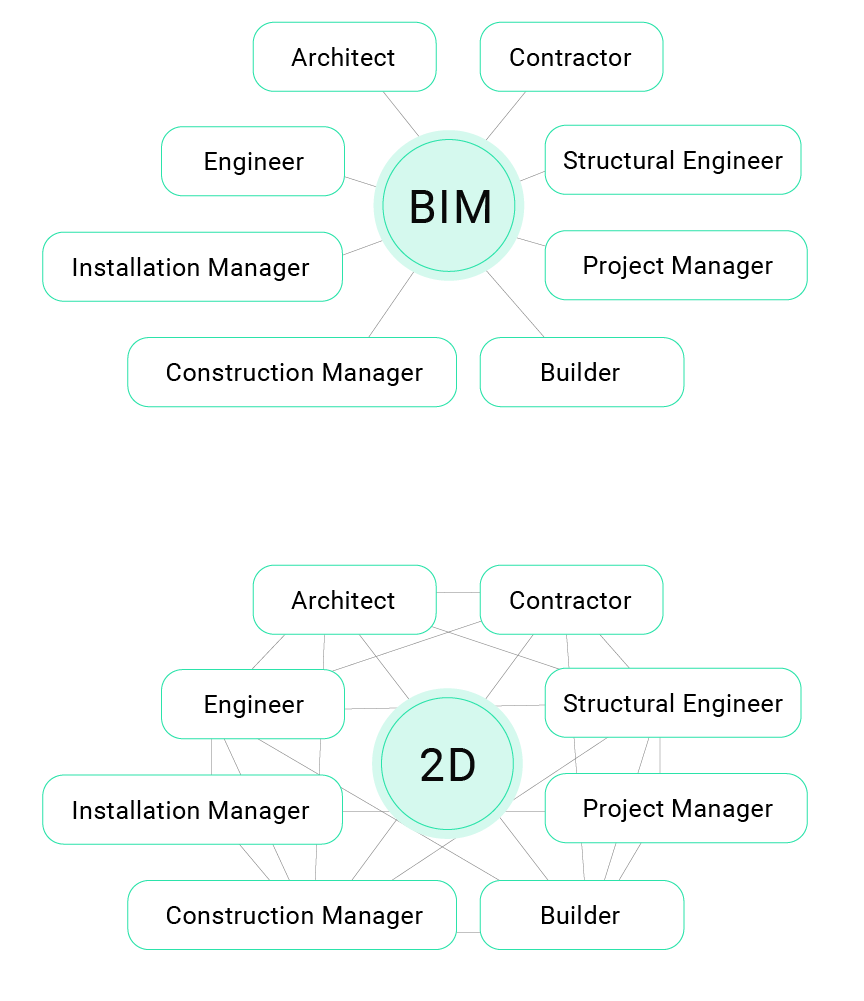

In the construction industry, every peso misinvested is multiplied on the construction site. Rework, coordination errors, and conflicts between specialists—all of this costs time and money. The good news is that today there is a proven methodology to reduce these risks from day one: BIM (Building Information Modeling).
Far from being a futuristic promise, BIM is already generating tangible savings in real projects around the world, including in Latin America. The key? Using it from the design stage, not just on-site.
What is BIM and why is it important?
BIM is a methodology that allows for the digital modeling of an architectural, structural, and mechanical engineering (MEP) project, integrating all the information into a single intelligent model. This not only improves design quality but also allows for the detection of errors, conflicts, and inconsistencies before construction.
But most importantly, implementing it from the design stage can result in savings of up to 20% in construction costs, according to international studies and real-life cases.
Proven savings: up to 25% less in indirect costs
A report from the European BIM Summit (Spain, 2019) revealed that implementing BIM from the design stage allows for:
- A 15% to 25% reduction in indirect construction costs, thanks to better coordination between specialties.
- Avoidance of costly rework, which often arises from undetected interference in traditional plans.
- Achieving significant reductions in on-site conflicts in 80% of BIM projects.
When it comes to large-scale developments, these figures can represent millions of pesos in savings.
BIM in Latin America
According to Autodesk LATAM, BIM is already generating a real impact in the region:
- An average savings of 20% on projects that implement BIM from the design stage.
- Greater coordination between technical disciplines.
- Significant reduction in construction times and fewer change orders.
In countries like Mexico, Colombia, Chile, and Brazil, more and more architectural firms and developers are migrating to this methodology to gain greater control over the construction process.


If you’re about to develop a plot of land or start a new project, it’s worth considering BIM from the conceptual stage. This will allow you to:
- Make better-informed decisions.
- Detect problems before they cost money.
- Compare builders with a clear and unambiguous model.
- Optimize time, budget, and quality.
At Cafeína Design, we use BIM as a strategic tool to help our clients make better decisions and protect their investment. If you’d like to know how to apply it to your project, whether it’s a house, a housing development, or an investment building, write to us and we’ll talk.
Your project doesn’t have to be a source of surprises. With a well-coordinated design, savings begin long before the first stone is laid.







